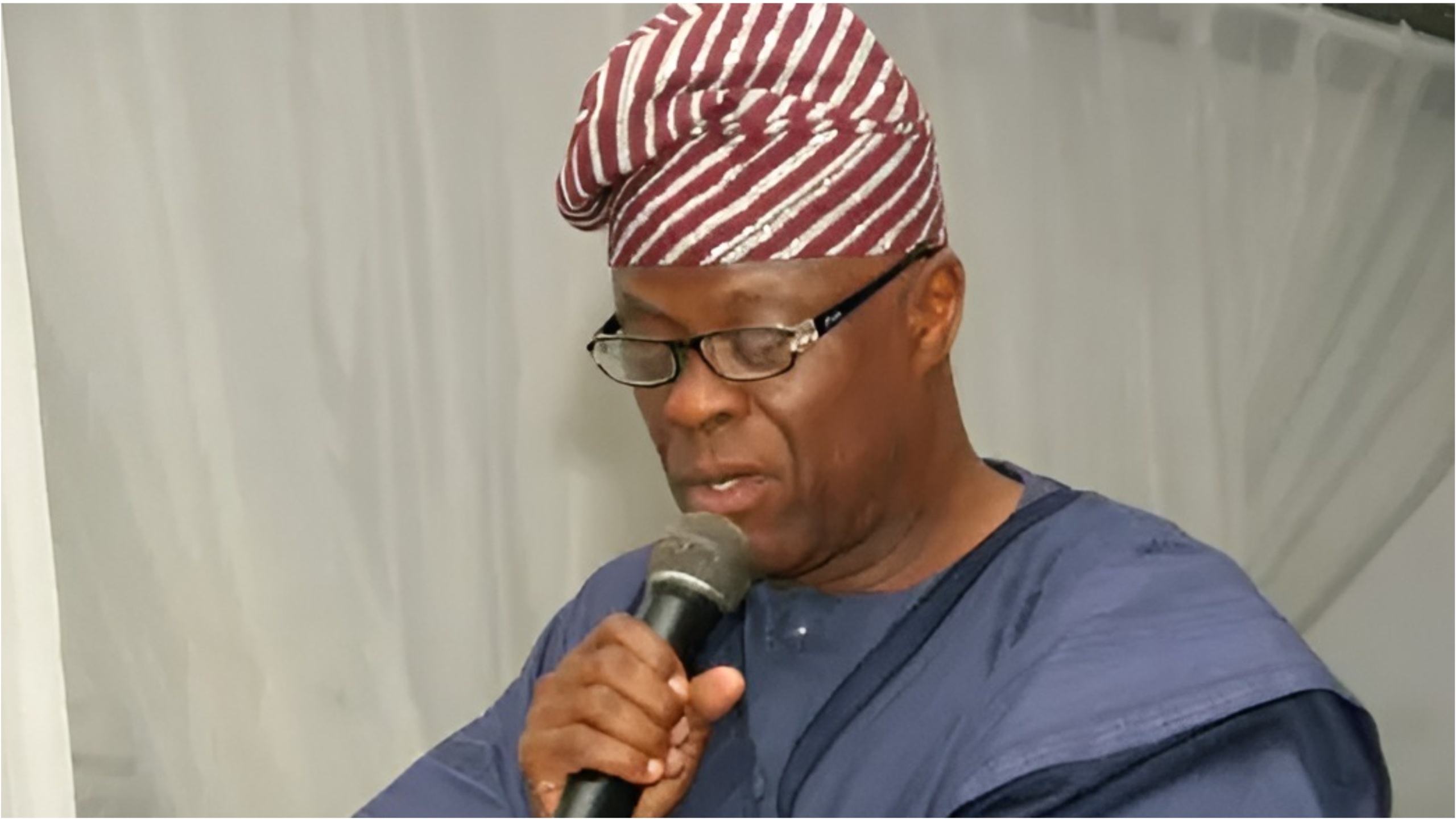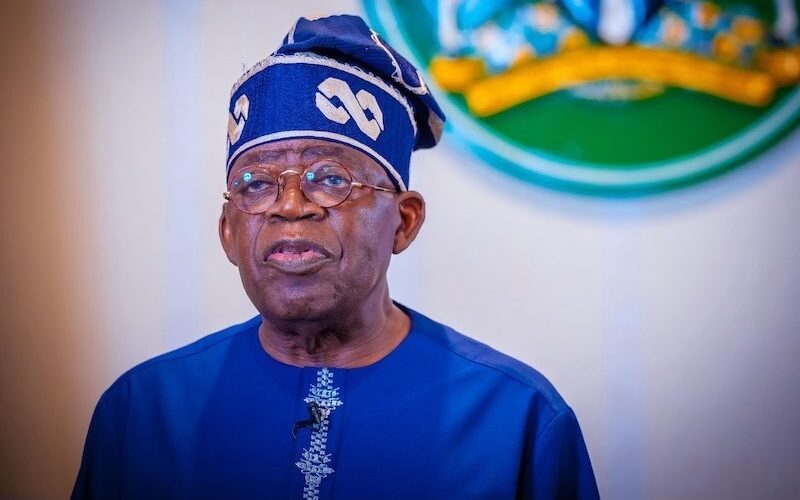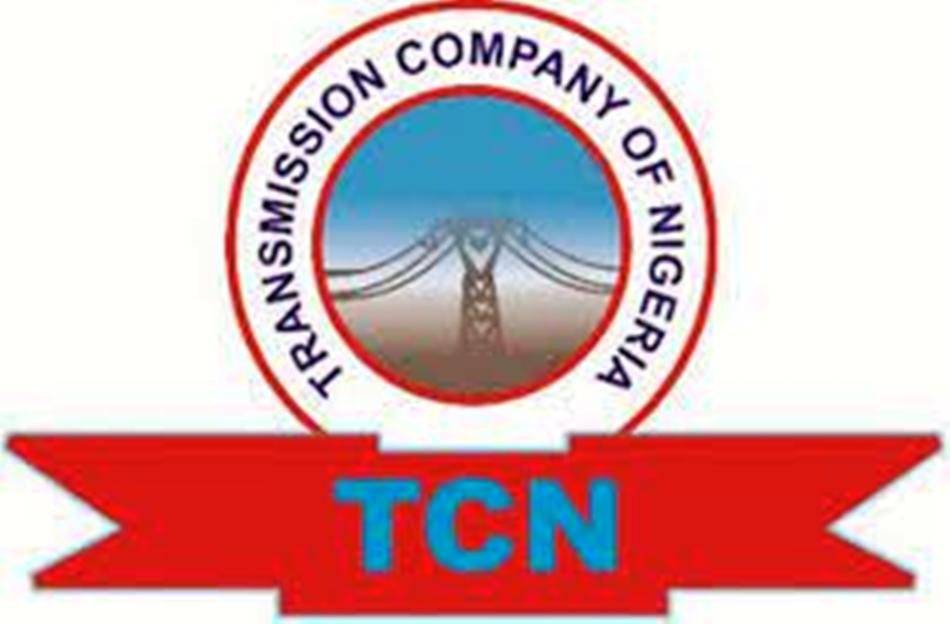Chinedu Eze
For several years there have been calls made to the federal government by Nigerians that the Murtala Muhammed Airport (MMIA) international terminal had become dilapidated and needed to be brought down and rebuilt.
These strident calls from largely aviation stakeholders and others excoriated the decision of the federal government in 2012 when it embarked on remodelling the terminal instead of building a new one.
Although a commendable rehabilitation was executed during that time, the obvious wrinkles on the brow of an aged man still showed on the terminal from the inability to get the cooling system working efficiently due to non-existence of spares, to the inefficient, outmoded carousel equipment, which defied all efforts to make it to effectively deliver the bags. Also, the fact that the terminal is processing the number of passengers three times what it was designed for when it was built, made the need to build a new facility very necessary; especially as the second terminal, with so many structural defects, processes less number of passengers than the old one.
So, the decision of the federal government, under the President Bola Ahmed Tinubu administration to build entirely new terminal ought to be commended by industry stakeholders instead of the opprobrium targeted at that decision; especially from those who used every aviation forum to reiterate that Lagos as Nigeria’s major gateway, needed a state-of-the-art terminal built with the future in mind.
Many critics to the project argue that the N712 billion earmarked for the project was outrageous but the Managing Director of the Federal Airports Authority of Nigeria (FAAN), Mrs. Olubunmi Kuku, gave details of the facilities that would be built with the money and justified the budgeted sum.
Kuku assured that the airport would undergo major upgrades to transform it into a world-class facility and the planned development include the rebuilding and expansion of terminal 1 (T1, the old terminal).
“As our busiest terminal nationwide, T1 will undergo extensive rehabilitation. This includes upgrading the exterior façade, interior finishes, plumbing systems, and mechanical and electrical installations to meet international standards,” she said.
There will also be expansion of terminal 2 (T2, the new terminal), which Kuku said would be expanded to accommodate more wide-body aircraft.
This would include the extension of both the finger (boarding bridge area) and apron to enhance aircraft handling capacity. Also, the existing hangars in the expansion zone will be relocated to allow for seamless execution of this project.
The FAAN boss also said that there would be a modern, well-organised, and efficient road network that would be developed to improve access to the airport, easing congestion and enhancing the overall travelling experience.
The two facilities would be seamlessly connected.
“A Skywalk will be constructed to integrate the car park building with T2, and a connection building will be established to link T1 and T2. These infrastructures will transform the previously independent terminal buildings into a unified complex, improving passenger flow and airport management. During the rehabilitation phase, a temporary departure hall will be established. It will be well-organised, clean, and comfortable to ensure convenience for all travellers. The landscape in the central square, located in front of the terminal buildings, will be completely redesigned to create a welcoming atmosphere for arriving passengers, offering a first impression that reflects the pride and spirit of our nation,” Kuku explained.
“We are reimagining the future of the MMIA, not just rebuilding a terminal, but elevating Nigeria’s aviation experience to global standards. The new T1 will offer faster check-in, smarter security, brighter lounges, and better shopping—all built for you. This project represents a future-focused infrastructure upgrade and a solemn commitment to every traveller passing through this national gateway. Your understanding and support today are helping us build the MMIA of tomorrow—more vibrant, convenient, and world-class—truly the pride of the nation.
“We are undertaking this project so that every departure and return becomes a moment to look forward to. The upgraded terminal will elevate MMIA to an international platform, establishing it as a leading aviation hub in West Africa—becoming a source of national pride and meeting the highest global standards,” Mrs. Kuku said.
In various interviews, the Minister of Aviation and Aerospace Development, Festus Keyamo, has explained that the federal government is embarking on radical transformation of facilities at the Lagos airport. He said that this was once in a life time opportunity and gave credit to President Tinubu, whose foresight gave birth to the vision of the infrastructural renewal of the Lagos airport.
“Now, let me tell you this. You are a Nigerian and I am sure millions listening to me this night, they are Nigerians. They travel all over the world. If you pass through the old terminal, the one built in 1979 by the Obasanjo military government; I want to ask you a rhetorical question. Are you proud of that airport terminal? So many parts of the roof are leaking. The place is totally decrepit. Some parts are smelling. You see people even selling Indomie (noodles). As you are coming, you see all kinds of kiosks and workshops there. You see old tyres on the ground. You see collapsing ceilings. You see carousels are not working because their parts are not in the market again. The place is totally decrepit. And this has been going on for so many years. Many governments have been thinking of, you know, making sure that they bring it up to world standard,” the Minister said.
Keyamo also explained that Lagos airport does not have transit facility. For Lagos airport to become a hub, which is when passengers are brought in from different destinations, processed and taken to other destinations, it must have a transit facility, where passengers not going to Nigeria stay and transit to the flight that will take them to the next destinations. That facility is critical for hub operation of any airport, but Lagos and other international airports in Nigeria do not have the facility.
“Let me also explain something else. As it is today, you cannot land in Lagos and try to connect an international flight maybe to Ghana. Maybe you take Air Peace. Air Peace can connect you from Lagos and then from Lagos you take another Air Peace to Ghana. So that is what they call, a hub, a proper hub (easy transition from arrival to departure without interface with Immigration). Lagos is not a hub yet because you cannot process one passenger from one terminal to the other terminal. So, all of this has stunted the growth of aviation in Nigeria over the years. So Mr. President thought that this was a proper time to address this issue once and for all; especially as this government promised Nigeria major infrastructural upgrades across the country from, of course, the savings we are having now from the removal of subsidies and the floating of the Naira. And aviation stands top, atop the agenda of Mr. President,” Keyamo said.
With the execution of these projects, the federal government wants to bring to reality the idea that has existed in the imagination of many aviators in Nigeria; that Nigeria should have state-of-the-art airport facility that compares with the best anywhere in the world and that Nigeria should have airport that is very friendly and that will enhance easy passenger facilitation.
It is the view of many that airports are windows which foreigners use to view the value and image of a country. The decrepit terminal facility in Lagos has been doing the image of Nigeria a disservice for decades. The Lagos airport remains the worst ambassador of Nigeria because it depicts what Nigeria is not. The structure has become archaic and out of tune with modernity and the efforts to maintain it yield limited results, just as the equipment at the conveniences break down easily do to old age. So, transforming the infrastructure to a more modern facility could be a dream come true for Nigeria.
The post Opposition against Lagos Airport Transformation appeared first on THISDAYLIVE.





